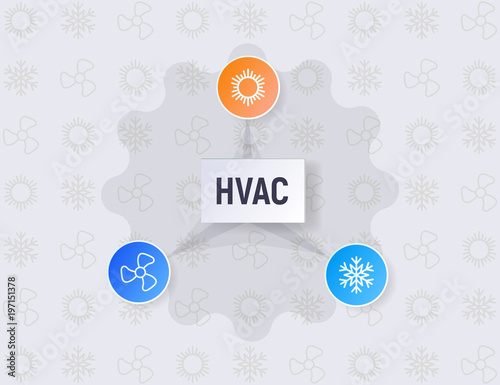The Ultimate Overview To Understanding Warmth Pumps - Just How Do They Function?
The Ultimate Overview To Understanding Warmth Pumps - Just How Do They Function?
Blog Article
Web Content By-Roy Hanna
The best heatpump can conserve you substantial quantities of money on energy expenses. They can additionally help reduce greenhouse gas exhausts, especially if you make use of electrical energy in place of nonrenewable fuel sources like propane and heating oil or electric-resistance heaters.
Heatpump function quite the like ac unit do. This makes them a feasible alternative to conventional electric home heating systems.
How They Work
Heatpump cool homes in the summer season and, with a little assistance from electrical power or natural gas, they give some of your home's home heating in the winter months. They're a great choice for people who intend to reduce their use of nonrenewable fuel sources yet aren't all set to replace their existing heating system and air conditioning system.
They count on the physical truth that also in air that seems too chilly, there's still power existing: warm air is always moving, and it wants to relocate into cooler, lower-pressure settings like your home.
The majority of power celebrity accredited heat pumps operate at close to their heating or cooling capacity throughout a lot of the year, reducing on/off biking and saving energy. For the best performance, concentrate on systems with a high SEER and HSPF score.
The Compressor
The heart of the heatpump is the compressor, which is also referred to as an air compressor. This mechanical moving tool makes use of prospective power from power development to boost the stress of a gas by lowering its quantity. It is various from a pump in that it just services gases and can't collaborate with liquids, as pumps do.
Atmospheric air goes into the compressor via an inlet shutoff. local guide program travels around vane-mounted arms with self-adjusting size that split the interior of the compressor, developing numerous dental caries of varying size. The rotor's spin pressures these cavities to move in and out of phase with each other, compressing the air.
The compressor attracts the low-temperature, high-pressure refrigerant vapor from the evaporator and compresses it into the warm, pressurized state of a gas. This process is duplicated as needed to provide home heating or cooling as called for. The compressor additionally includes a desuperheater coil that recycles the waste heat and includes superheat to the refrigerant, transforming it from its liquid to vapor state.
The Evaporator
The evaporator in heat pumps does the very same thing as it performs in refrigerators and a/c, transforming liquid cooling agent into a gaseous vapor that gets rid of warmth from the room. Heatpump systems would certainly not function without this crucial piece of equipment.
https://israelfbzdb.tusblogos.com/29342728/making-the-most-of-comfort-and-cost-savings-tips-for-optimizing-your-heat-pump-performance of the system is located inside your home or structure in an interior air handler, which can be either a ducted or ductless unit. It consists of an evaporator coil and the compressor that compresses the low-pressure vapor from the evaporator to high pressure gas.
Heat pumps take in ambient heat from the air, and afterwards utilize power to transfer that warmth to a home or company in heating mode. That makes them a lot extra energy effective than electric heating units or heating systems, and due to the fact that they're making use of clean power from the grid (and not burning gas), they likewise generate far less emissions. That's why heat pumps are such wonderful environmental options. (And also a massive reason they're becoming so popular.).
The Thermostat.
Heat pumps are wonderful options for homes in cold environments, and you can use them in mix with conventional duct-based systems and even go ductless. They're an excellent alternative to fossil fuel heater or traditional electrical furnaces, and they're a lot more lasting than oil, gas or nuclear heating and cooling devices.
Your thermostat is the most essential part of your heat pump system, and it works really in different ways than a standard thermostat. All mechanical thermostats (all non-electronic ones) work by using compounds that change dimension with enhancing temperature, like curled bimetallic strips or the increasing wax in an automobile radiator shutoff.
These strips consist of 2 different types of steel, and they're bolted with each other to form a bridge that finishes an electric circuit linked to your a/c system. As the strip gets warmer, one side of the bridge expands faster than the other, which causes it to bend and signify that the heater is needed. When the heatpump remains in heating mode, the turning around shutoff reverses the flow of refrigerant, to make sure that the outside coil now operates as an evaporator and the interior cylinder becomes a condenser.